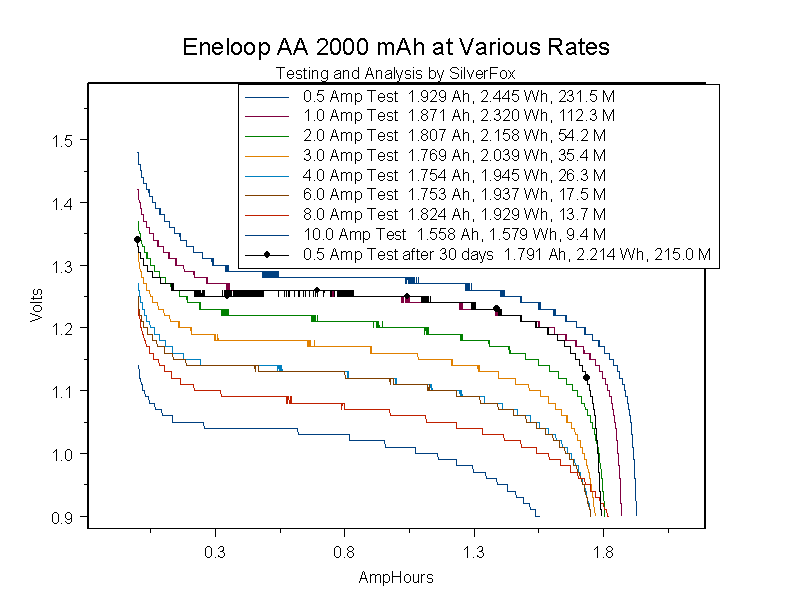Albinoni
Banned
As far as I know the AA eneloop is rated at approx 2000 mAH while there are other rechargeable AA's out there with higher capacity mAH than that of the Eneloop, though higher they probably wont hold their full charge as long as what an eneloop would.
But my question here is if I assume LED torches are high energy using devices (this is if they are) why use an Eneloop in them, when a rechargeable with a higher mAH capacity would probably be better suited.
When I say LED torches being a high energy using device I mean they are high on consumption of energy.
But my question here is if I assume LED torches are high energy using devices (this is if they are) why use an Eneloop in them, when a rechargeable with a higher mAH capacity would probably be better suited.
When I say LED torches being a high energy using device I mean they are high on consumption of energy.


